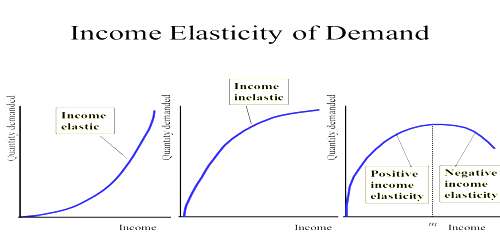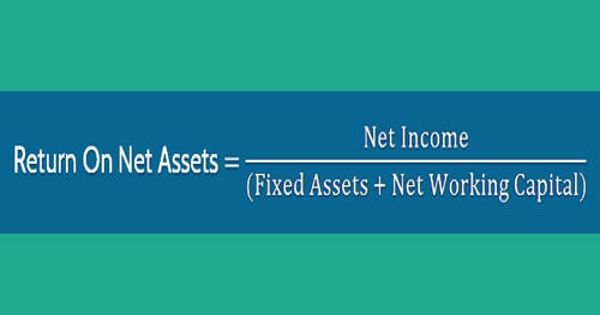Significance of Income Elasticity of Demand
Income elasticity shows fluctuations in demand for goods or services as precipitated by changes in the purchasing power of consumers. While price elasticity plays a significant role in pricing of a product to maximize the total revenue of an organization in the short run, income elasticity of demand is important for production planning and management in the long run.
Income Elasticity of Demand is a measure of their bond between a change inside quantity demanded to get a particular good and also a change in real income. Income elasticity of demand is an economics term that refers to the sensitivity of the quantity demanded to get a certain product in a reaction to a change with consumer incomes.
Following are some of the important uses of income elasticity of demand:
Helping in investment decisions:
Refers to one of the major significance of income elasticity of demand. In developing countries, such as India, the rate of growth of national income is not steady as it is in case of developed countries. Moreover in developing countries, rise in national income does not result in immediate increase in the demand for certain goods.
The concept of national income is very important for sellers as it helps them to allocate their resources in different industries. Generally, sellers prefer to invest in industries where the demand for goods is more with respect to proportionate change in the income or where the income elasticity of demand is greater than zero (ey>1).
For example, the demand for durable goods, such as vehicles, furniture, and electrical appliances, increases in response to increase in the national income. In such industries, sellers earn high profits when there is increase in national income. On the other hand, industries with low income elasticity (ey<1), there is a gradual increase in demand for goods, whereas the demand for goods having negative income elasticity declines when the national incomes grows.
Forecasting demand:
Refers to the fact that income elasticity of demand help in anticipating the demand for goods in future. If change in income is certain, there would be a major change in the demand for goods. This is due to the fact that if consumers are aware of change in income, they may change their tastes and preferences for certain goods.
On the other hand, if the change in income is temporary, there would be a slow change in the demand. However, the demand for goods in future is also influenced by various factors other than income.
Categorizing goods:
Implies that income elasticity of demand helps in classifying goods, such as normal goods, essential goods, or inferior goods. The classification of goods enables sellers to select the goods to be produced and the quantity of goods to be produced. Apart from this, it also helps sellers to decide the income group to whom the goods should target.
Information Source:
















